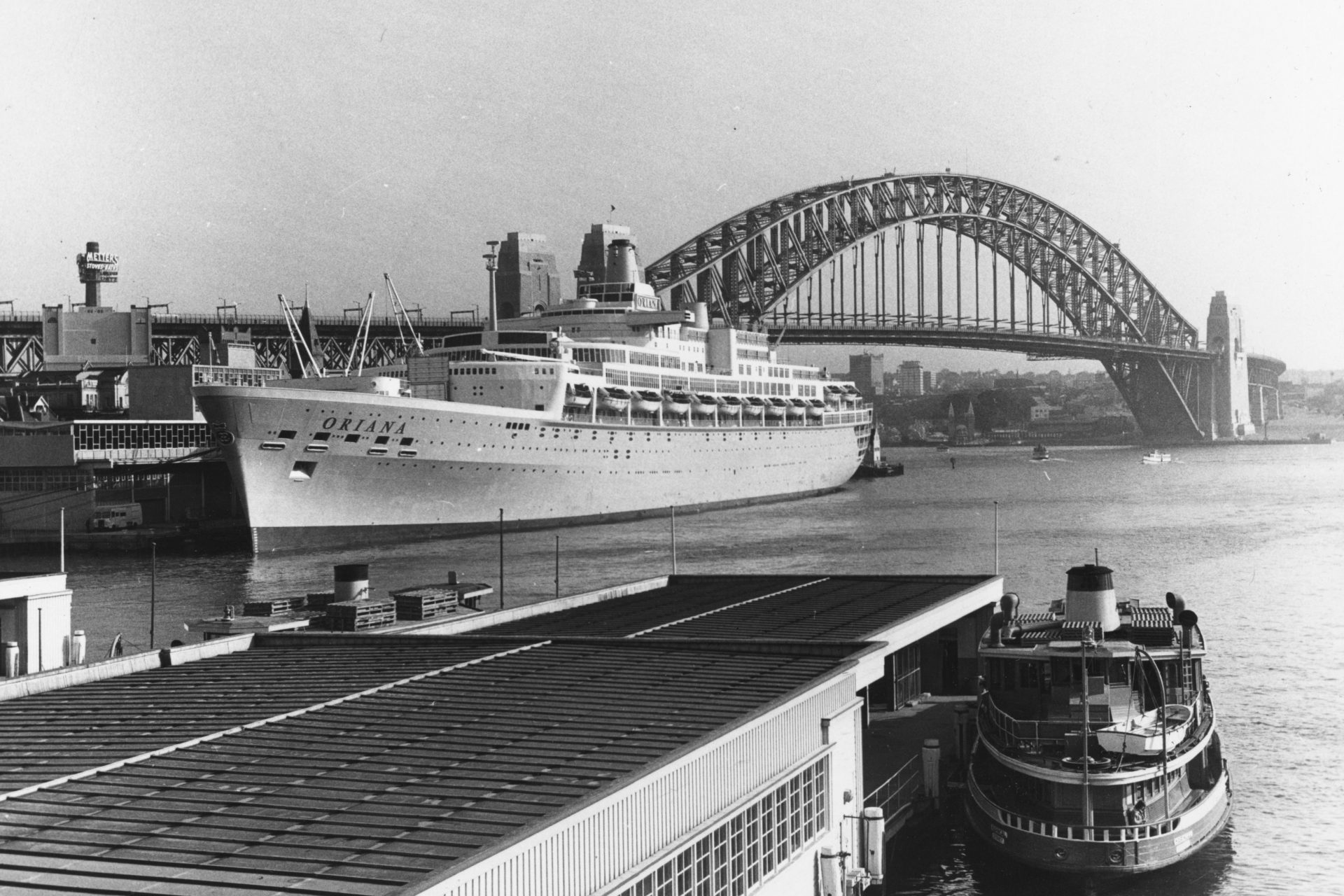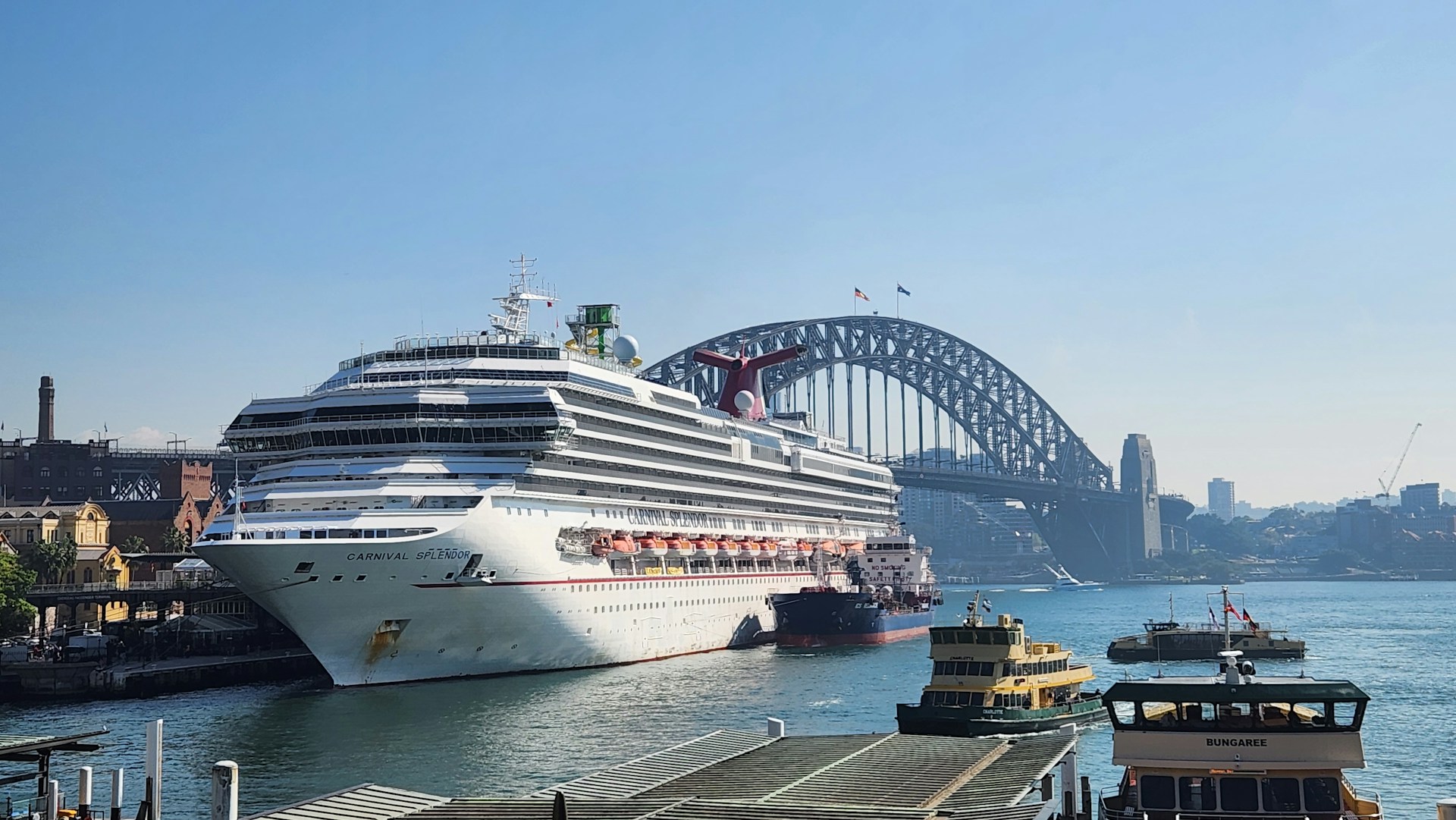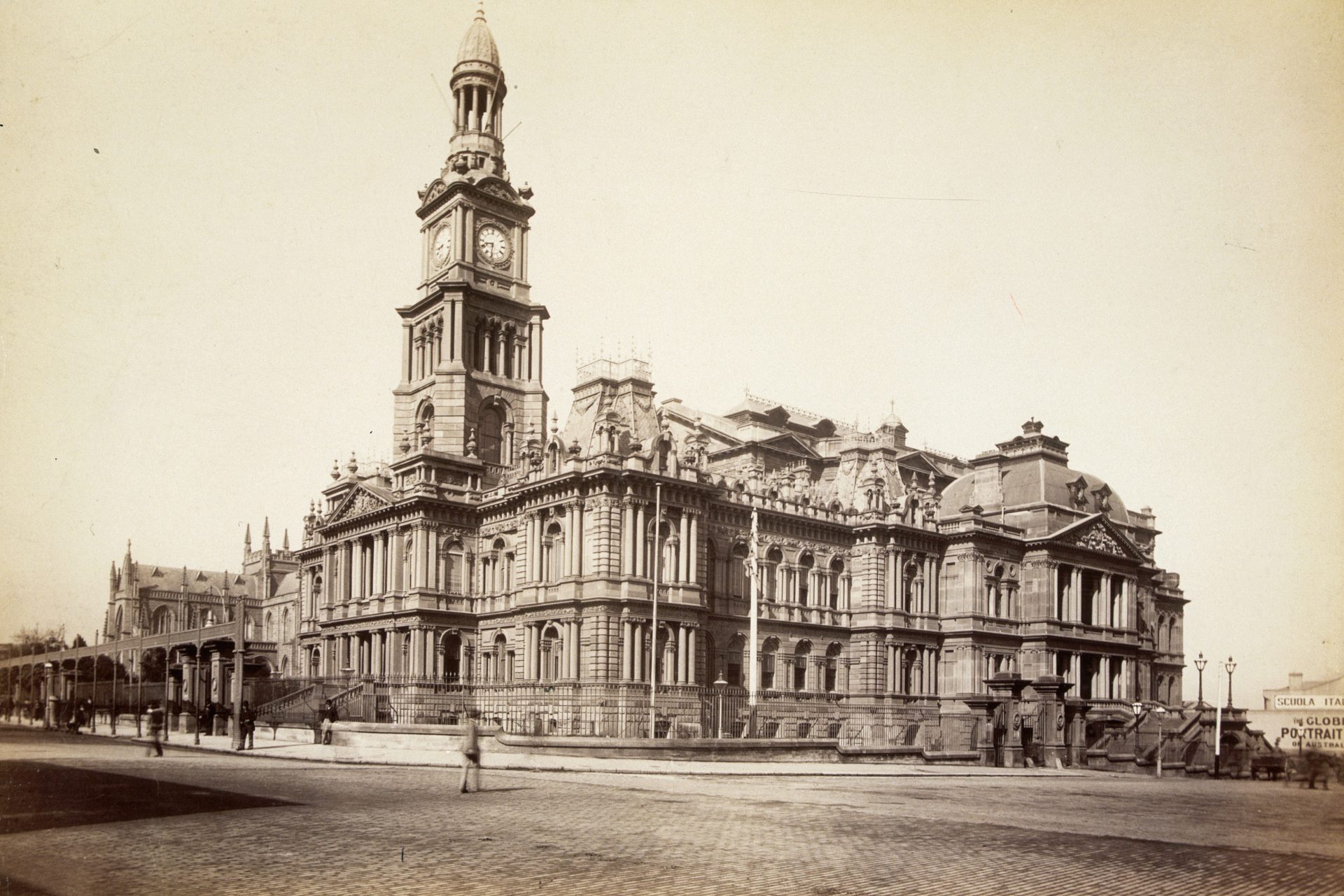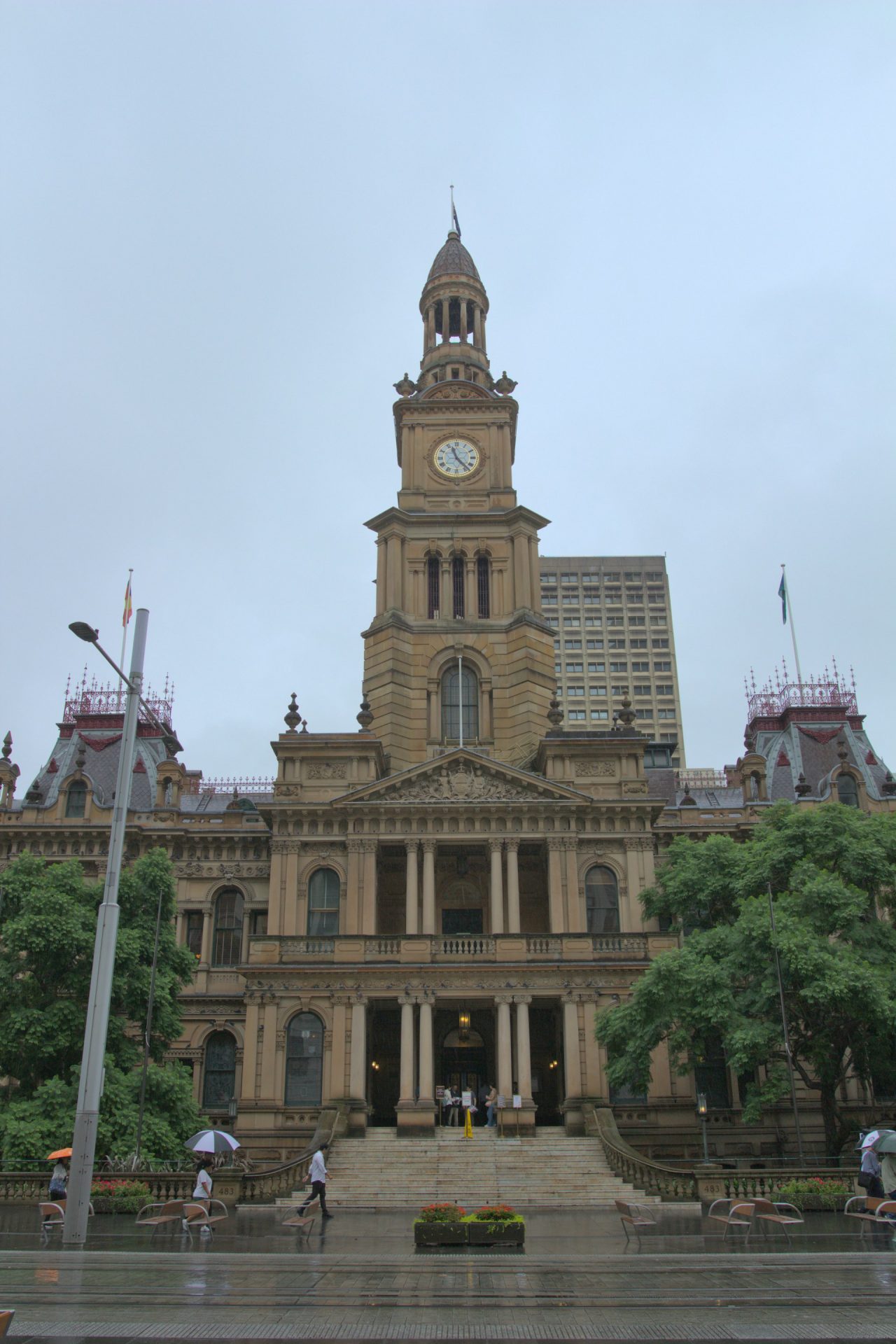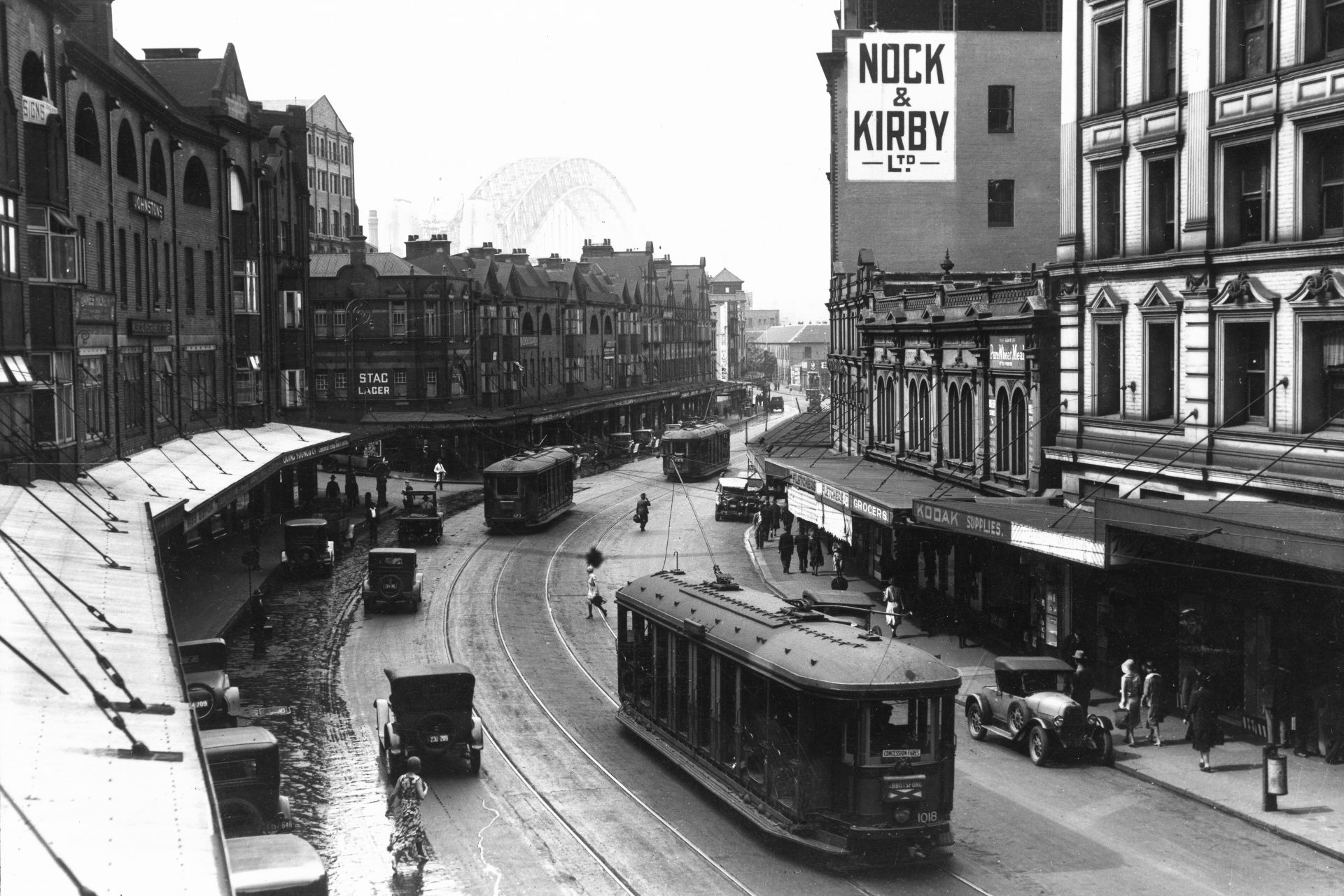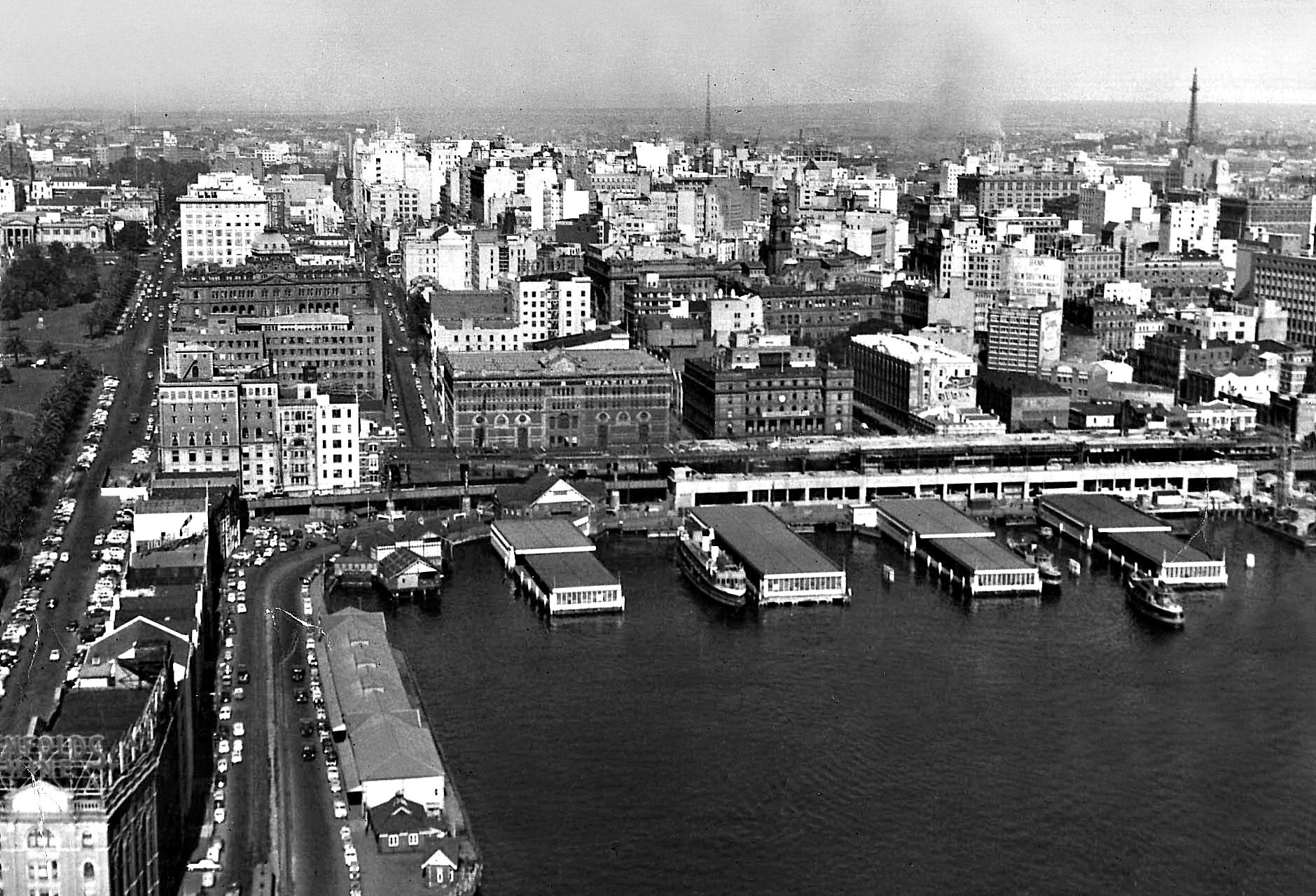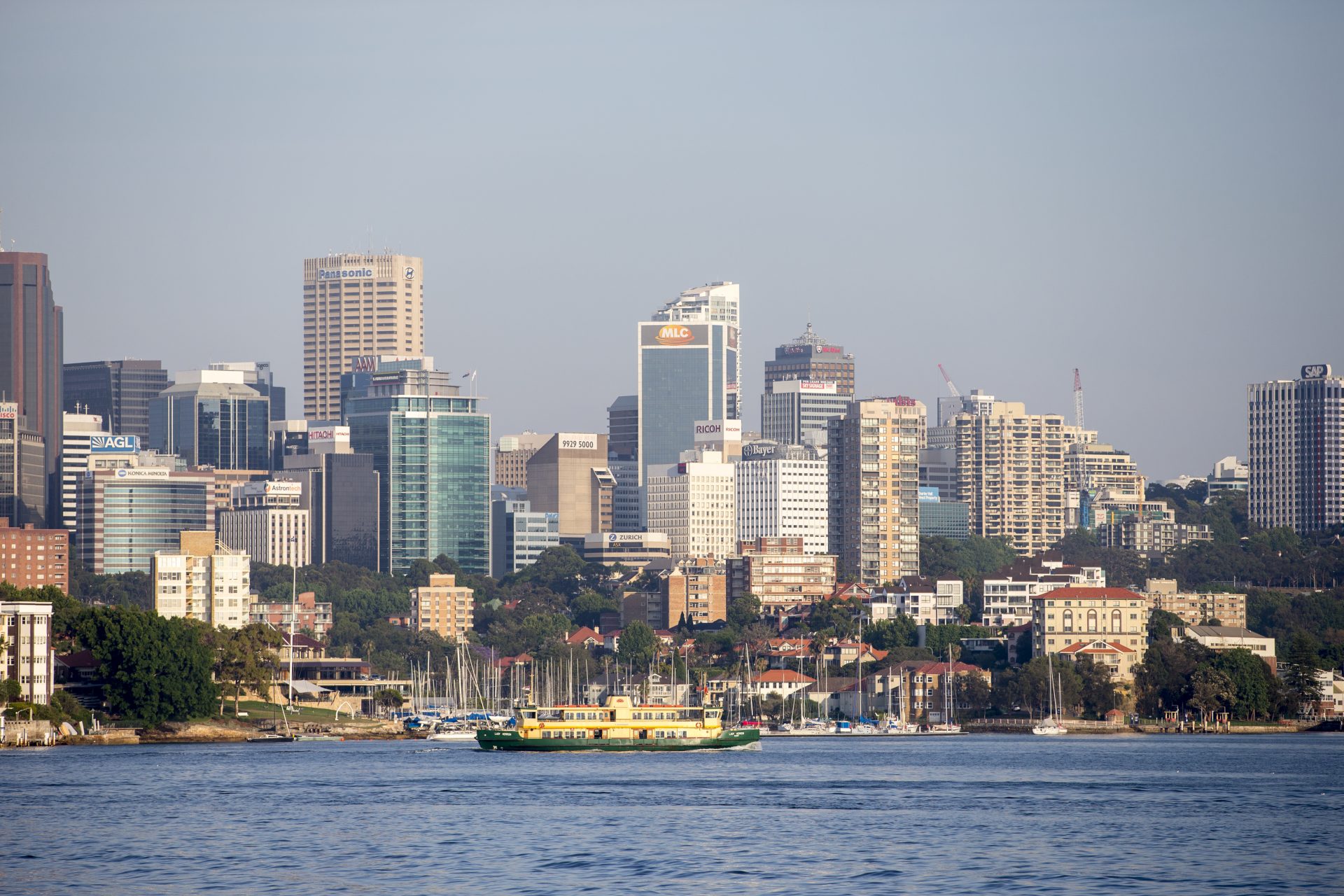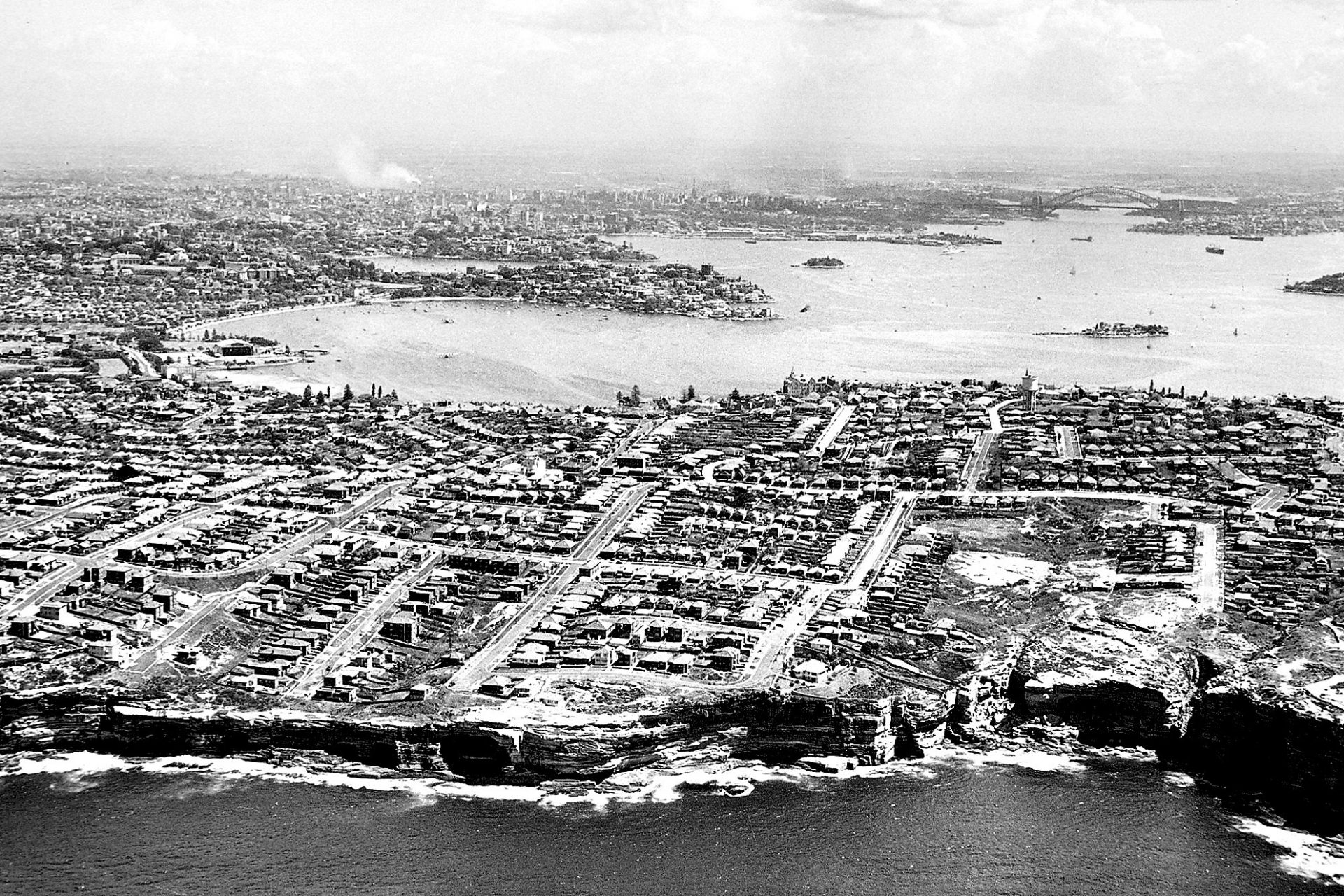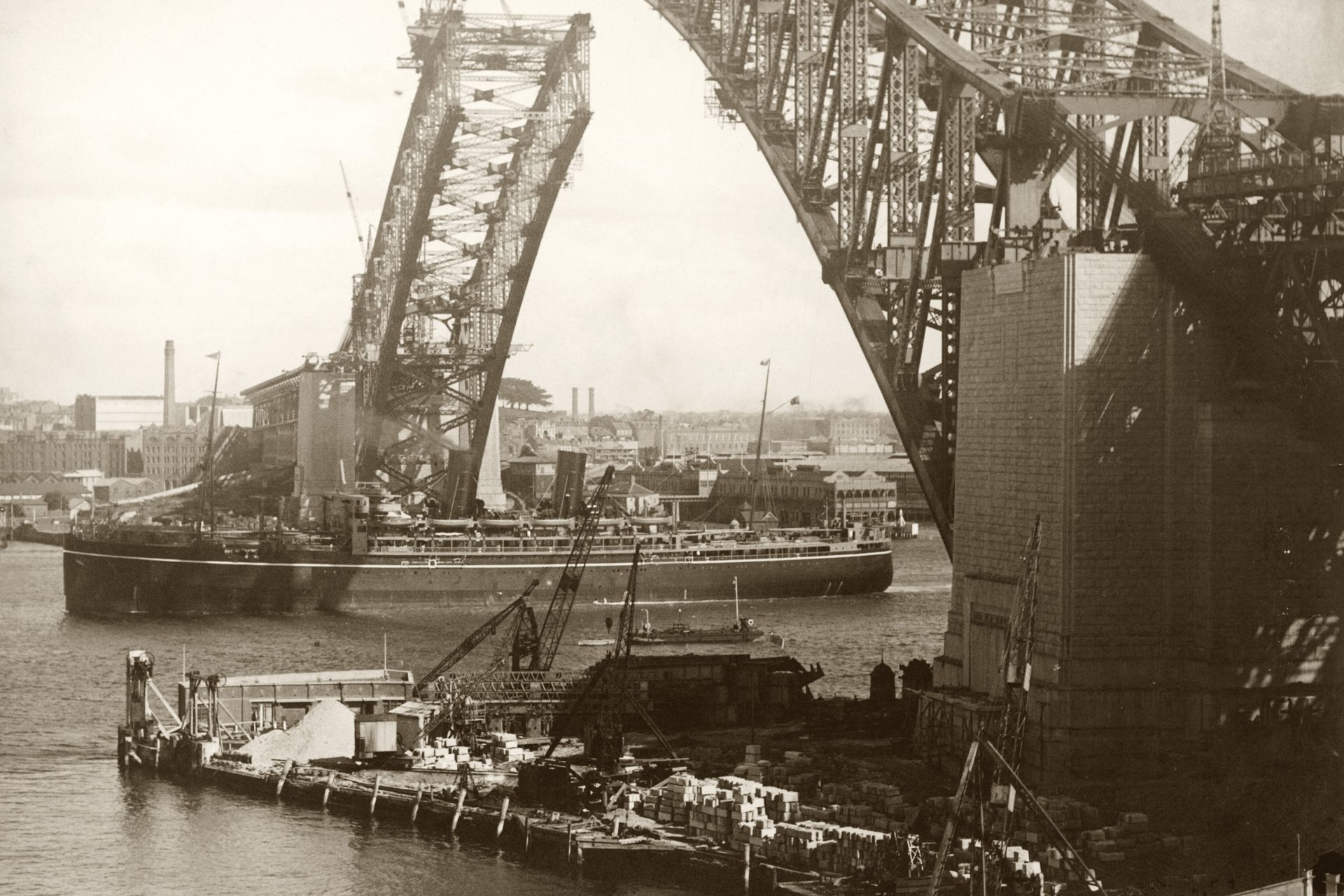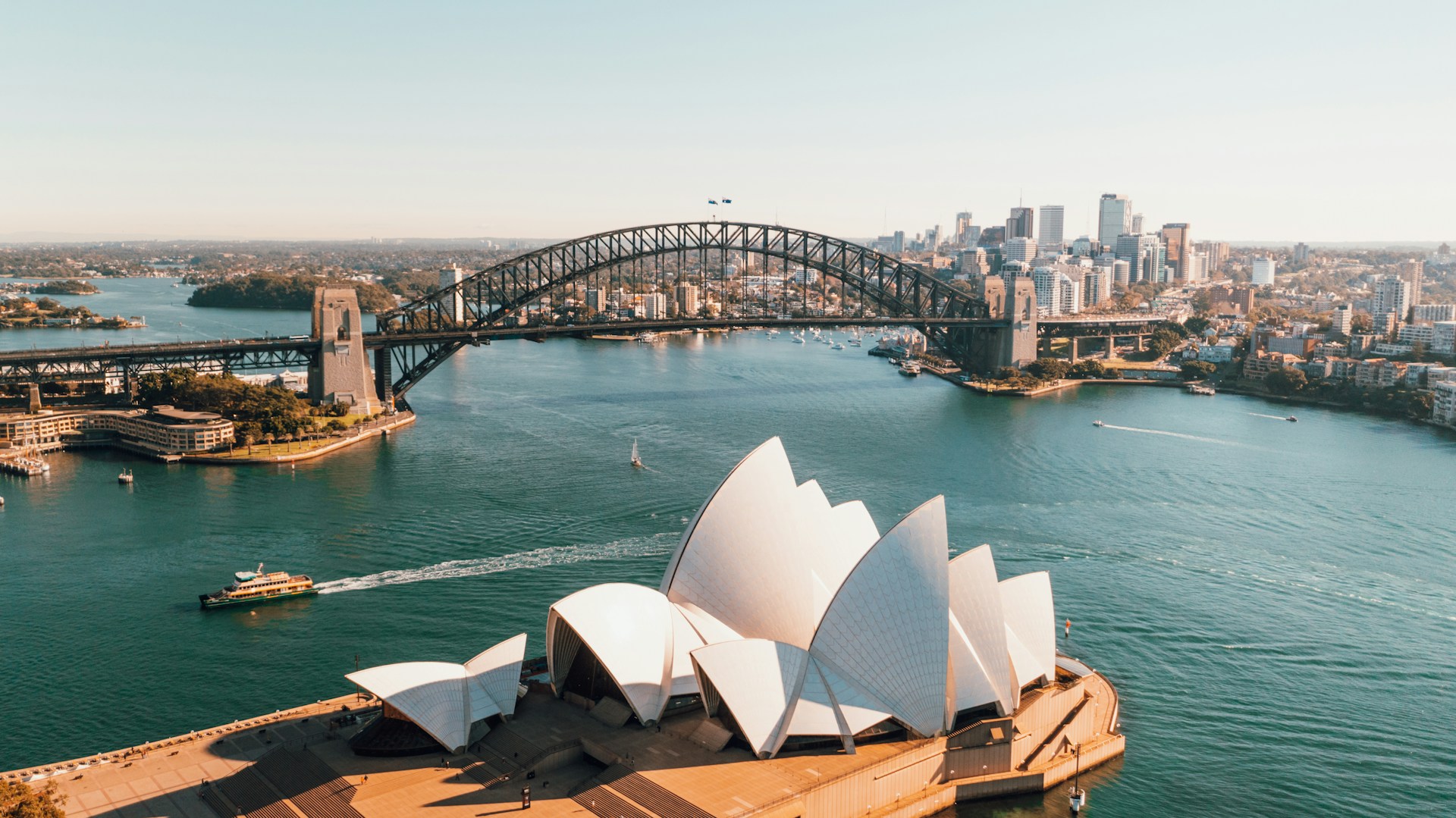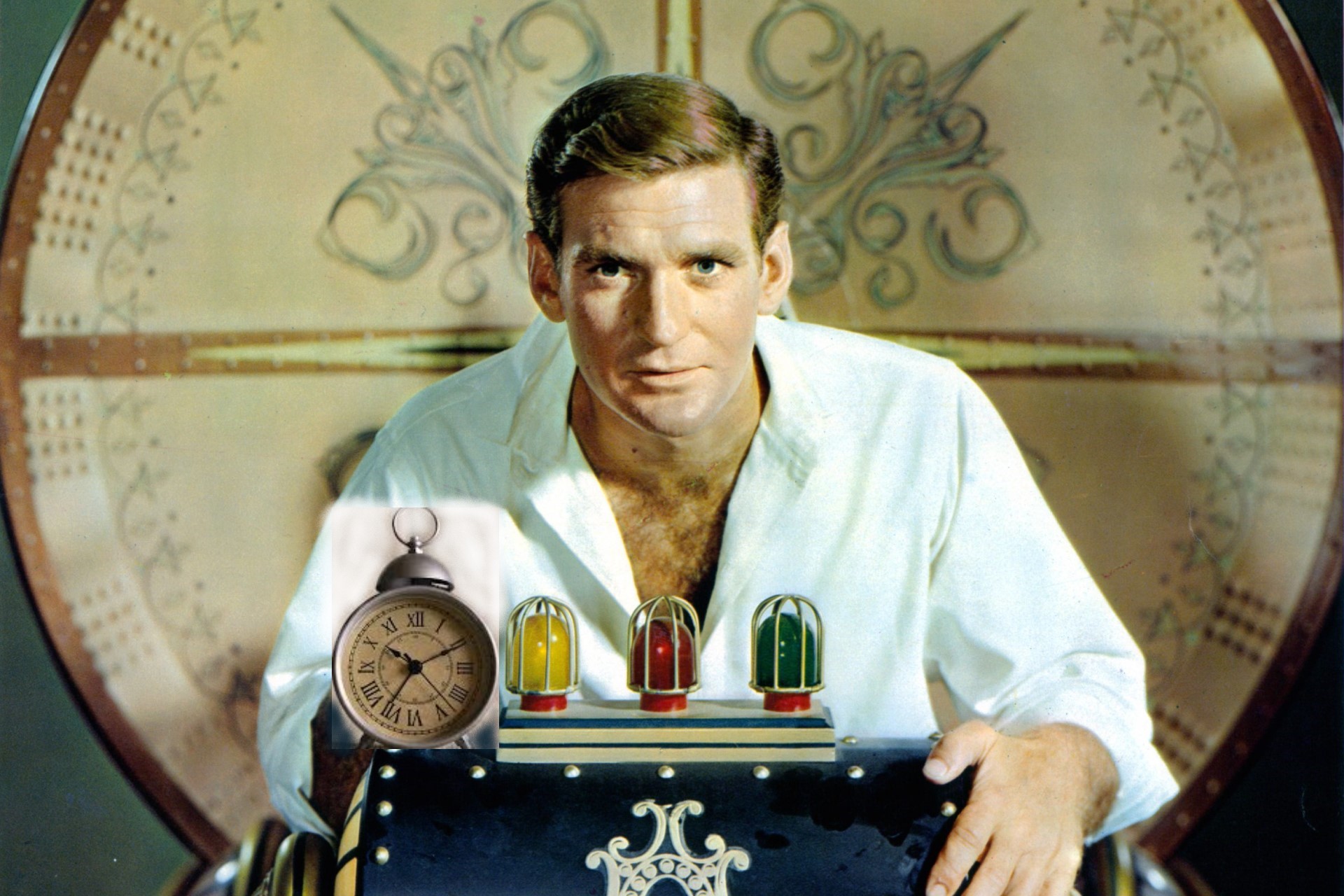Sydney in photographs: then and now
The Sydney Opera House was designed by Danish architect Jørn Utzon who won a 1957 international competition to design the building. It was built over 14 years between 1959 and 1973.
Officially opened on 20 October 1973, the Sydney Opera House has since become an Australian icon.
Circular Quay has long been considered the "gateway to Sydney". This picture was taken around 1945 and shows 'South Steyne' ferry docked at Circular Quay with a recently completed Sydney Harbour Bridge in the background.
Nowadays, Circular Quay serves as an international passenger port and tourism precinct.
Photo: Nico Smit / Unsplash
The Redfern Post Office in inner western Sydney was built in 1882. Here it is seen shortly after completion before the clock was installed.
Image: Adam. J.W.C. / Wikimedia
The Redfern Post Office was heritage-listed in December 2000.
Image: JBar / Wikimedia
Built in 1869 on the site of a former George Street cemetery, the Sydney Town Hall has been known by many names over the years, including Centennial Hall, Main Hall, and Old Burial Ground.
Despite being surrounded by high-rise buildings, Town Hall continues to serve its original civic purpose - housing the Sydney City Council and community cultural events.
Picture: Jim Ouk / Unsplash
Linking Circular Quay and Central Station, George Street is one of two thoroughfares from the colonial settlement that survives today. It was formerly referred to as High Street until Governor Macquarie renamed it for King George in 1810.
Electric trams started running along George Street in 1899, in an effort to reduce horse traffic and the dependence on walking.
Trams stopped running along George Street in 1959 and were replaced by buses. Until 2015 George Street had more buses per hour than any other street in Sydney.
In 2012, more than 50 years after the electric trams were removed, the NSW Government announced they would be introducing a light rail system back to George Street.
Sydney’s skyline remained low rise until the second half of the 20th century due to a 46-metre height limit that was enforced until 1957.
There are now more than 1168 high-rise buildings in Sydney which is the most of any Australian city.
St James’ Church was built by convict labor between 1820 and 1824.
Photo: Henry King / Wikimedia
The heritage-listed St James’ Church is situated in what is now the heart of the central business district, dwarfed by the surrounding skyscrapers.
Image: Sardaka / Wikimedia
As wealth in the colonial settlement increased, Sydney grew into a thriving metropolis after the Australian Federation in 1901. The first high-rise in Sydney was the 12-storey Culwulla Chambers, completed in 1912.
Sydney is the biggest city in Australia, welcoming over 10 million domestic visitors and 4 million international tourists each year.
When it was completed in 1932, the 504m span of the Sydney Harbour Bridge connected Dawes Point in The Rocks to Milsons Point in lower North Shore.
Affectionately referred to as ’the coathanger’, the Sydney Harbour Bridge is now one of Australia’s most famous icons and the centerpiece in celebrations on Sydney Harbour.
Photo: Caleb / Unsplash
Follow Showbizz Daily to stay informed and enjoy more content!



